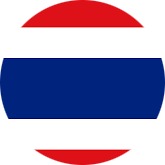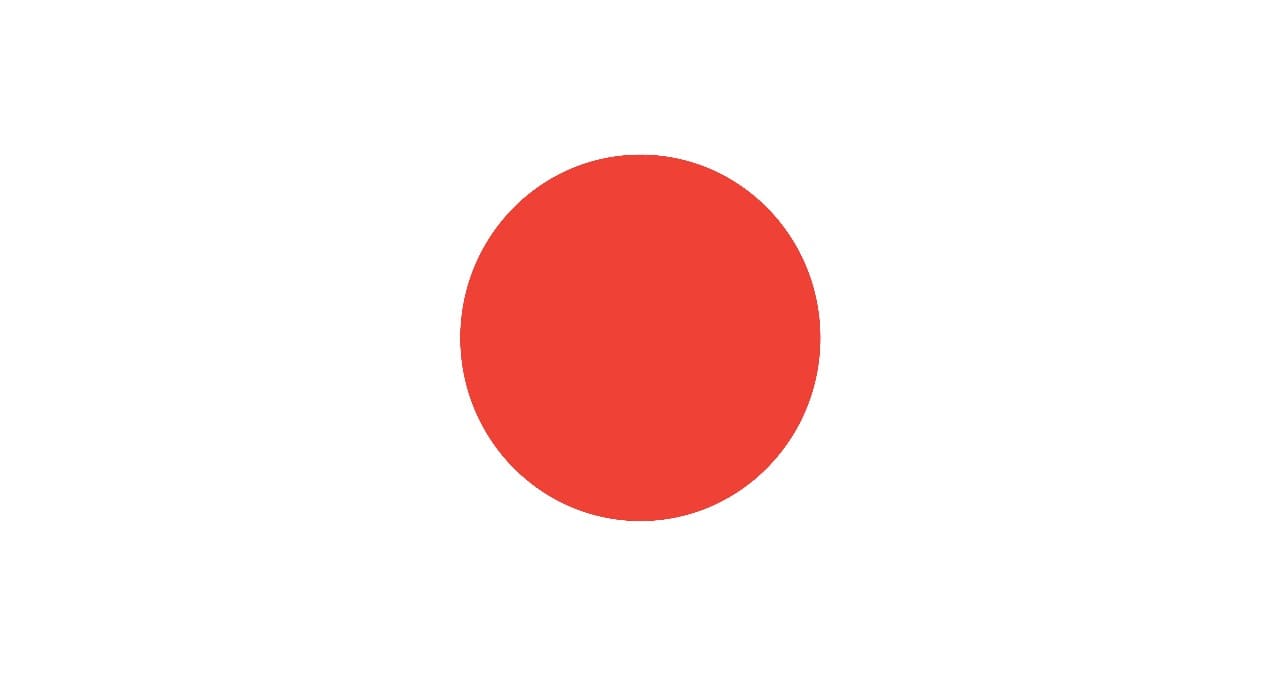PROGRAMME SUMMARY: -
Maintenance and troubleshooting of centrifugal pumps are important with reference to maintenance and operations. During this course, participants will have a clear understanding of the centrifugal pump theory and working principles.
Advances in modern technology have been dependent upon a rapid developing pump technology. Next to the electric motor, pumps are the most widely used machines in the world. There is hardly a single piece of major equipment that does not in some way depend upon pumps for its successful operation. Three classes of pumps find use today: centrifugal, rotary and reciprocating. These terms apply only to the mechanics of moving the liquid, not to the service for which the pump is designed. This course will cover the fundamentals of centrifugal, reciprocating and rotary pumps and compressors. Moreover, their operation, troubleshooting, maintenance, performance and fields of applications are thoroughly covered.
Understanding the design, operation & characteristics of High Pressure Pumps will have an important reflection on the process quality, equipment, plant reliability and the economics of the whole activity. Identifying the problems associated with these pumps is essential for diagnosis, troubleshooting and plan required maintenance.
This training course on High Pressure Pump Operation, Maintenance, Overhauling & Troubleshooting is designed to provide an in-depth perspective of High-Pressure pump technology in terms of selection, operation, maintenance and troubleshooting. This training course will also cover single stage and multi stages centrifugal pumps and positive-displacement pumps. Packing, mechanical seals, sealing systems, wear rings, coupling and alignment and other vital components will be explained in detail.
OBJECTIVE:-
- Know the basics principal of High Pressure pump operations
- Learn the different types of pumps
- Understand the pump construction
- Learn how the performance curve of pump is measured
- Use the similarity laws to calculate the pump
- Performance at different speed and rotor size
- Highlight the importance of the related international standards of pumps
- Familiarize with different auxiliary systems for pumps (oil system and protection system)
- Understand the basics of sealing systems
- Learn the maintenance procedure of pumps
- Learn the common causes of pump failures (e.g. cavitation and vibrations)
- Understand the mechanical design of the mechanical seal
- Highlight the importance of seals on the rotating machines availability
- Learn the Up-to date maintenance of the mechanical seal
- Learn the failure analysis and troubleshooting the mechanical seal
- Learn about different types of alignments
- Learn about Casing, wear rings and impeller types and their usage
Outline: -
- Introduction and Pumping Fundamentals:-
- Hydraulics - A Few Basics
- Vapor Pressure
- Operating Parameters
- Pump Types and Pump Classification
- Centrifugal via Displacement Action
- Rotary Displacement Pumps
- Centrifugal Pump Basics
- Principle of Operation
- Pumping Vertically & Pumping Horizontally
- Single-stage, Double-stage and Multi-stage Pumps
- Volute & Diffuser Pumps
- Closed Impeller, Open, Impeller or Semi-open Impeller
- Casing Construction (Radially Split, Axially Split, Double Casing)
- Impeller Shrouds (Open, Partially Open, Closed)
- Shaft Position (Horizontal, Vertical)
- Wear Ring Running Clearances
- Pumps Performance and Operation:-
- Pump Performance Curves
- Limits of Operation
- The Significant of the Specific Speed and the Specific Diameter
- How to Use Specific Speed Number in Pumps Selection Process
- Operating Procedures and Conditions
- Pump Curve Against Piping System Curve
- NPSH Available, Required and Measurement
- Best Operating Condition
- High Pressure Pump Selection and Materials:-
- Material Selection
- Corrosion and Erosion
- Abrasion Resistant Materials
- Materials Resistant to Cavitation Damage
- Overall Procedure in Selecting a Pump
- Parameters Affecting the Pump Selections
- Properties of Liquids being Pumped
- Economic Consideration
- Pumps Application
- Pump Auxiliary System:-
- Sealing Methods
- Difference between Packing and Mechanical Seal
- Characteristics and Types of Mechanical Seals
- Sealing and Flushing Fluids
- Pump Bearings
- Lubrication of Bearing
- Bearings – failure modes and how to extend life
- Alignment and Couplings
- Maintenance and Troubleshooting:-
- Pump Maintenance
- Maintenance Inspections
- Bearing Maintenance
- Shaft Seal Maintenance
- Pump Overhauling
- Disassembly / Dismantling Procedure
- Pump Troubleshooting and Failure Analysis
- Shaft Deflection
- Cavitation in Pumps
- Pump Vibration
- Operation and Maintenance Troubleshooting
WHO SHOULD ATTEND :-
- Technical and Maintenance staff
- Operators
- Supervisors and Team Leaders
- Professionals in Maintenance, Engineering and Production
- Facility / Utility Engineers
- Operation Personnel
- Maintenance and Troubleshooting Personnel
- High Pressure Pumps Operators
- Supervisors & Technicians
- Team Leaders

























































